Violin Teaching Interview with Allison Peterson
At Uptown Violins, one of our goals is to pass on our love of music to the next generation. Our biggest inspiration, as both violin teacher and performer, is our own mother, Allison. Growing up, she taught us how to play the instrument. When we were older, she taught us how to teach. Now that several of us have private studios of our own, she is our go-to person for all pedagogical questions!
A couple of weeks ago, I had the privilege of spending the week with her, so I took the opportunity to gather some of her studio tips that I find helpful. I hope our readers will as well!
Ashley Rescot: How did you begin teaching violin? Allison Peterson: I started after college graduation and after marrying my husband, Stacy. I was performing with the Wichita Symphony, but I considered it important to begin my teaching career as well. It was an excellent way to make a little extra income as a recent college graduate.
AR: What is the first song you teach your students? AP: I begin with “Twinkle, Twinkle, Little Star and Variations” from the Suzuki Method. The song emphasizes the basic technique of how to bow on the string. We don’t even start with the left hand. Instead, we work on right hand bowing. I also use Mr. Frosty for my youngest students. In this short piece, the students use pizzicato to pluck each of the four strings. Another song I enjoy for young players is Saw See, See Saw to practice changing strings.
AR: How do you set up recitals and performing opportunities for your studio? AP: I think performing opportunities are very important. Why practice if you don’t get to share your music? It’s great for the students to learn how to stand up in front of a crowd and to deal with nerves. I try to do at least three recitals a year in my home. Growing up, my mother, an accordionist and pianist, would conduct piano recitals in our house. We had a platform stage with a piano, and then a lower area for guests. When I began my studio, I tried to replicate the cozy feel of the home recital. I also take my students to senior homes and other venues to provide additional performances. My older students participate in contests, so it is important they perform their solos multiple times before playing in front of a judge.
AR: Which pedagogues were your biggest inspirations? AP: I really looked up to my older sisters who taught me to play. My first teacher was my sister Dana, who specializes in teaching younger students. When I got older, I took from my sister Valerie, who specializes in advanced violin literature. Dana and Valerie taught me both how to play and how to teach. In college, I took from Tiberius Klausner, who helped me take my playing to the next level. I also went to several Suzuki Institutes for further pedagogical training, which I highly recommend for aspiring violin teachers.
AR: Now, in addition to teaching violin, you’re a mentor to several violin teachers as well. What is the best advice you can offer new teachers who want to start a studio? AP: I’ve learned a lot through my teaching over the years, but my biggest advice is to value each child and their family. These parents are putting their precious children in our care, and we need to take this privilege seriously. Sometimes students act up, but we are taking care of them as people, and not just as musicians. We want to build their self esteem and encourage the parents as well. When it doesn’t work out with a family, try to keep your attitude positive. It’s easy to take it personally, but keep in mind that each student’s parent has to do what is best for their family. Often we see our students weekly over several years, so we develop a close relationship with the families. We want to help our students become the best people they can be, which is at the heart of the Suzuki Method. This is our mission field.
Thanks, Mom, for sharing your amazing tips with us. We appreciate it!


